The front yard is often the first thing people see when they visit your home, and it sets the tone for the rest of your property. Instead of the traditional manicured lawn and perfectly pruned shrubs, why not create a wildflower garden? Not only will it add a pop of color and interest to your landscape, but it also supports pollinators and promotes sustainability. In this article, we will discuss how to design a front yard wildflower garden that is both beautiful and beneficial to the environment.
1. Assess Your Space and Climate for a Successful Wildflower Garden
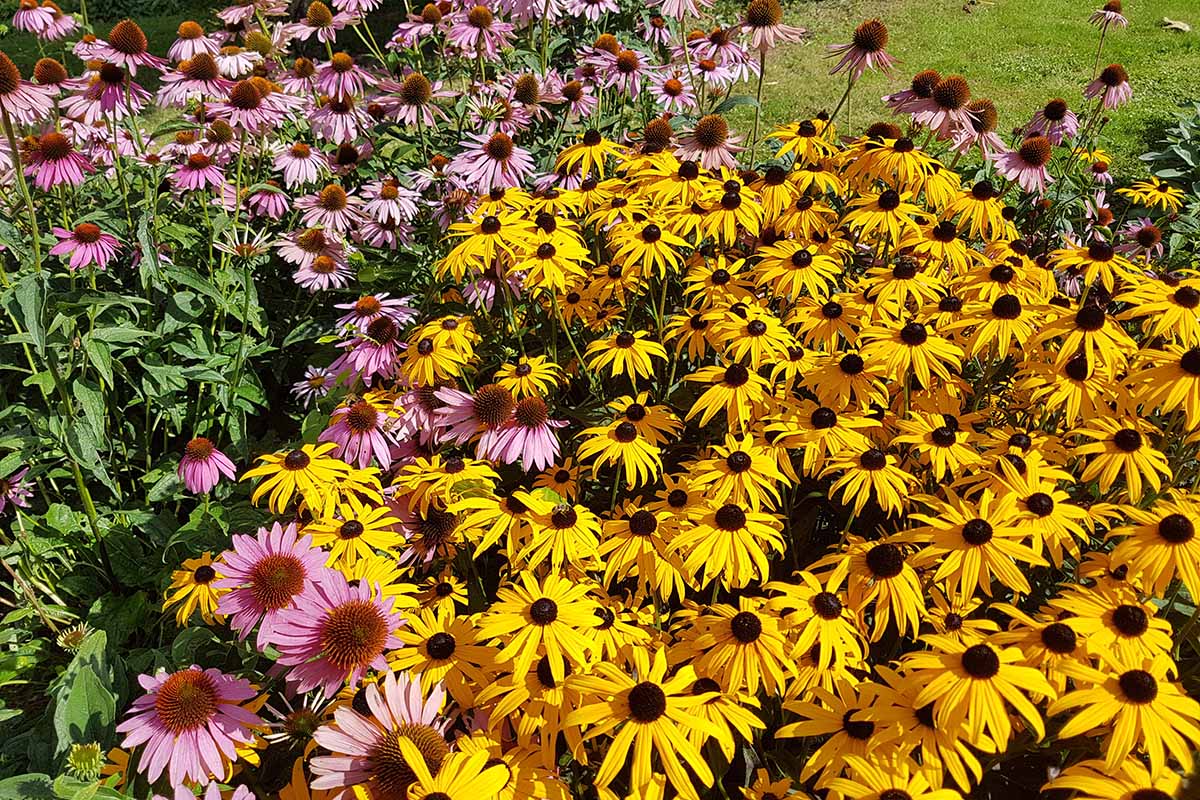
Choosing the Right Location
Before diving into designing your wildflower garden, it is important to assess your space and climate. Take a look at your front yard and identify areas that receive full sun, partial shade, or full shade. This will help you determine which plants will thrive in each area and where to place them in your garden.
Consider Your Soil Quality
Another crucial factor to consider is your soil quality. Different wildflowers have different soil requirements, so it is essential to test your soil and amend it accordingly before planting. For example, some wildflowers prefer well-drained sandy soil, while others thrive in heavy clay soil. You can test your soil using a DIY kit or by sending a sample to a local extension office for analysis.
Choose Native Wildflowers
When selecting wildflowers for your front yard, it is best to choose native species. Native plants are adapted to the local climate and soil conditions, making them more likely to thrive. They also provide food and habitat for local pollinators and wildlife. Research the native wildflowers in your region and choose ones that will do well in your specific climate and soil.
2. Plan Your Design and Layout
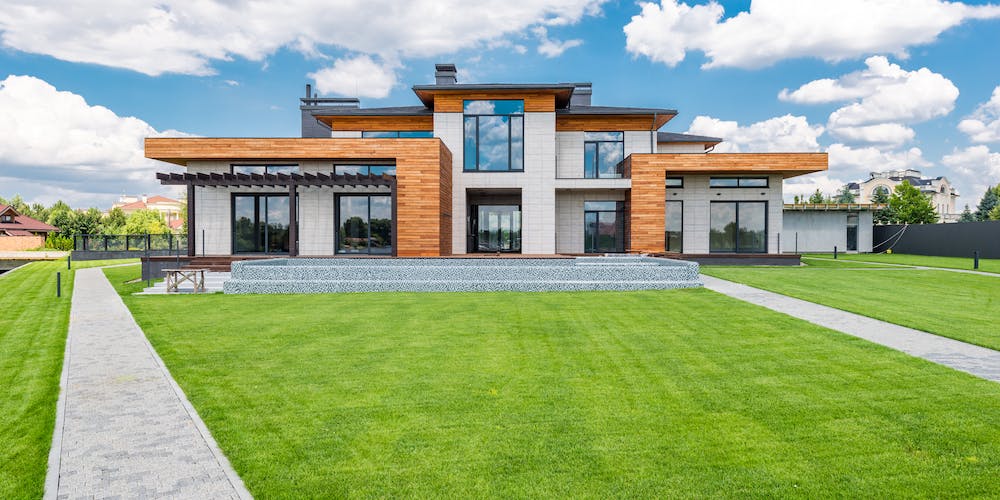
Choose a Theme or Color Palette
One way to create a cohesive and visually appealing wildflower garden is to choose a theme or color palette. This can help guide your plant selection and ensure that all the plants in your garden complement each other. For example, you could choose a specific color scheme, such as warm tones of red, orange, and yellow, or focus on a theme like a cottage garden or prairie-style garden.
Consider Bloom Times
It is important to consider the bloom times of the wildflowers you choose for your garden. You want to have a variety of flowers blooming throughout the growing season to provide continuous color and food for pollinators. Research the bloom times of your selected wildflowers and plan accordingly. You can also include some non-native flowers in your design if they bloom at different times to add diversity to your garden.
Think About Height and Placement
When designing your front yard wildflower garden, it is essential to think about the height and placement of your plants. Taller plants should be placed towards the back of the garden, with medium-sized plants in the middle, and low-growing ones at the front. This will create depth and dimension in your garden and allow all the plants to receive adequate sunlight.
3. Planting and Maintenance Tips for Your Wildflower Garden
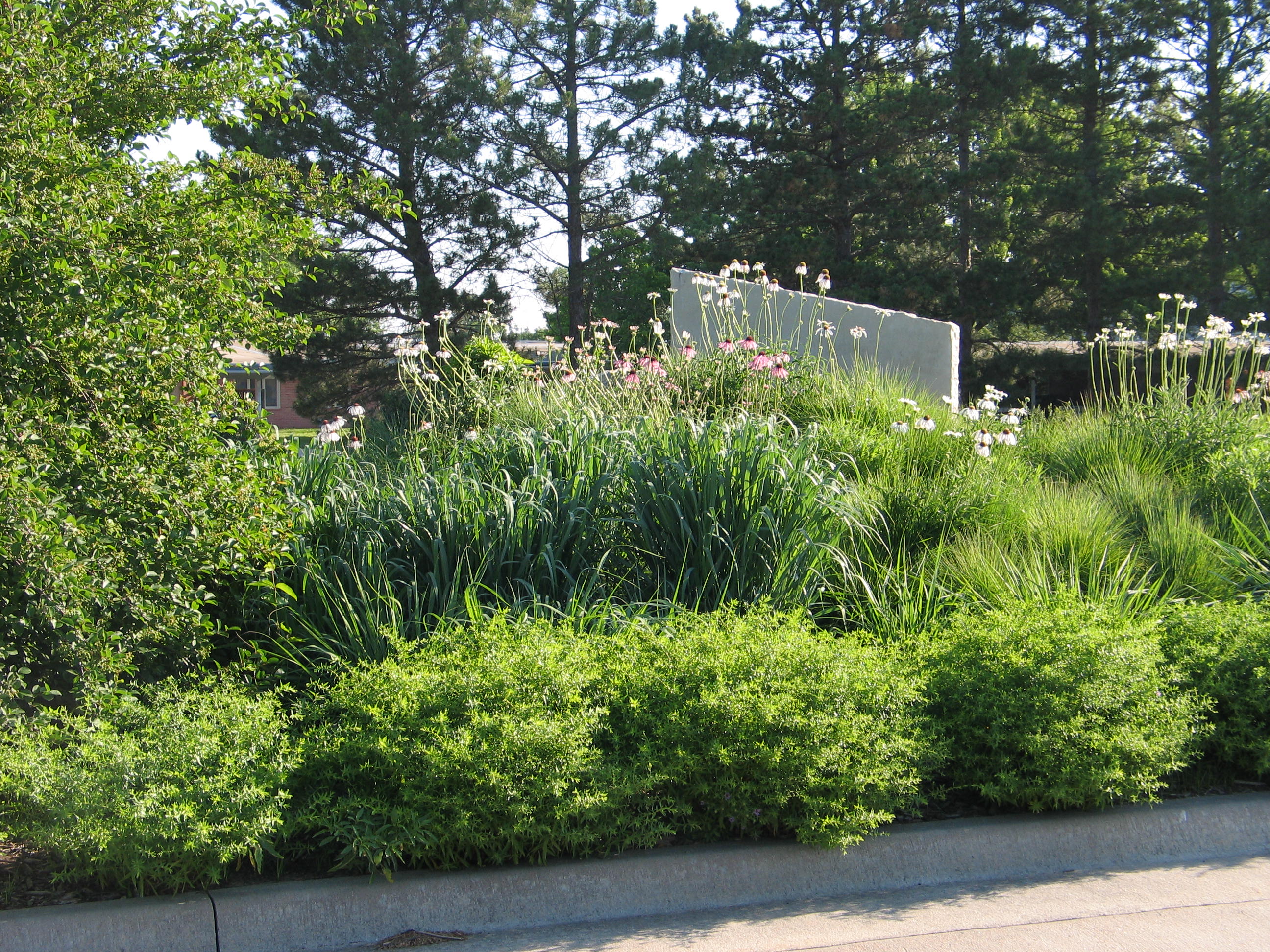
Prepare Your Soil
Before planting, make sure to prepare your soil properly. Clear the area of any weeds and amend the soil as needed based on your soil test results. Wildflowers do not require a lot of fertilizers, so avoid adding too much nitrogen, which can cause excessive leaf growth and fewer flowers.
Proper Planting Techniques
When planting your wildflowers, follow the instructions on the seed packet or plant tag. Some wildflowers may require scarification (scratching the seed coat) or stratification (exposure to cold temperatures) before planting. It is also important to space out your plants according to their recommended distance, so they have enough room to grow and thrive.
Regular Maintenance
Once your wildflower garden is established, it will require minimal maintenance. However, regular weeding and deadheading (removing spent flowers) can help keep your garden looking tidy and promote new blooms. You can also consider adding a layer of mulch to help retain moisture in the soil and suppress weed growth.
4. Benefits of a Front Yard Wildflower Garden
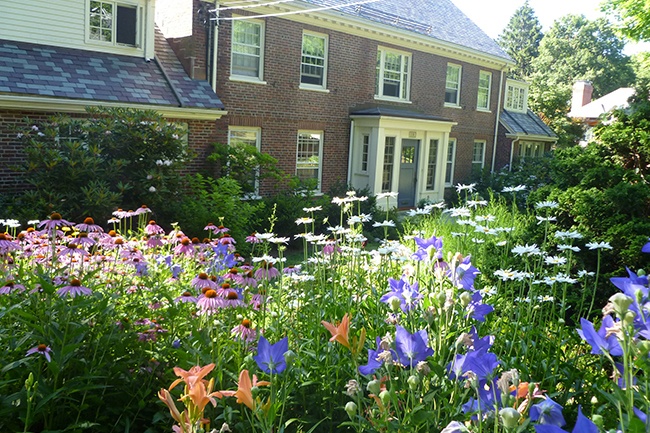
Supports Pollinators
One of the major benefits of a front yard wildflower garden is its ability to attract and support pollinators. Bees, butterflies, and other pollinators are essential for our ecosystem, and with their populations declining, creating a pollinator-friendly garden can make a significant impact.
Promotes Sustainability
Wildflowers are low-maintenance and do not require excessive water or fertilizers, making them a sustainable choice for your front yard. They also provide food and habitat for local wildlife, promoting biodiversity and a healthy ecosystem.
Adds Beauty and Color
A front yard wildflower garden can add a touch of beauty and color to your landscape. With a variety of blooming flowers throughout the season, your garden will be a standout feature of your property.
FAQs
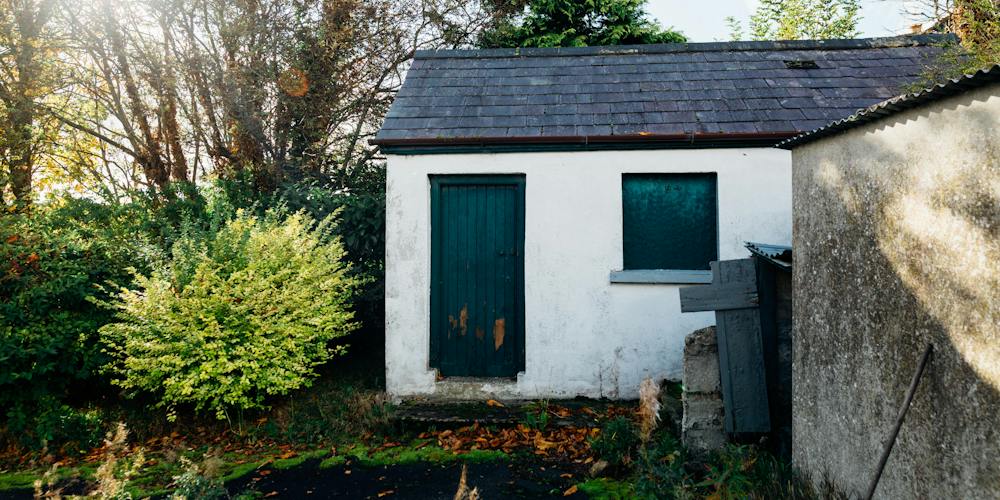
What are some native wildflowers that do well in full sun?
- Black-eyed Susan
- Coneflower
- Lupine
- Marigold
- Sunflower
Can I mix non-native flowers with native wildflowers in my garden?
Yes, but make sure to research the invasive potential of non-native flowers before planting them in your garden. Some non-native plants can overtake and out-compete native species, causing harm to the local ecosystem.
Do I need to water my wildflower garden?
Generally, wildflowers do not require a lot of water once established. However, during periods of drought, it is recommended to provide supplemental watering to ensure the plants survive and continue to bloom.
Can I add a bird feeder or birdbath to my wildflower garden?
Yes, adding a bird feeder or birdbath to your wildflower garden can attract even more wildlife and contribute to a healthy ecosystem.
How long does it take for a wildflower garden to establish?
It can take up to two years for a wildflower garden to fully establish and reach its full potential. During the first year, you may see fewer blooms as the plants focus on growing their root systems.
Conclusion
Designing a front yard wildflower garden is not only a beautiful addition to your landscape but also a sustainable one. By carefully assessing your space and climate, planning your design and layout, and following proper planting and maintenance techniques, you can create a thriving and visually appealing wildflower garden that supports pollinators and promotes sustainability. So why not trade in your traditional lawn for a vibrant and eco-friendly wildflower garden?
